These 12 Electronics Got Me Stopped At TSA — Learn From My Mistake Before Packing Yours
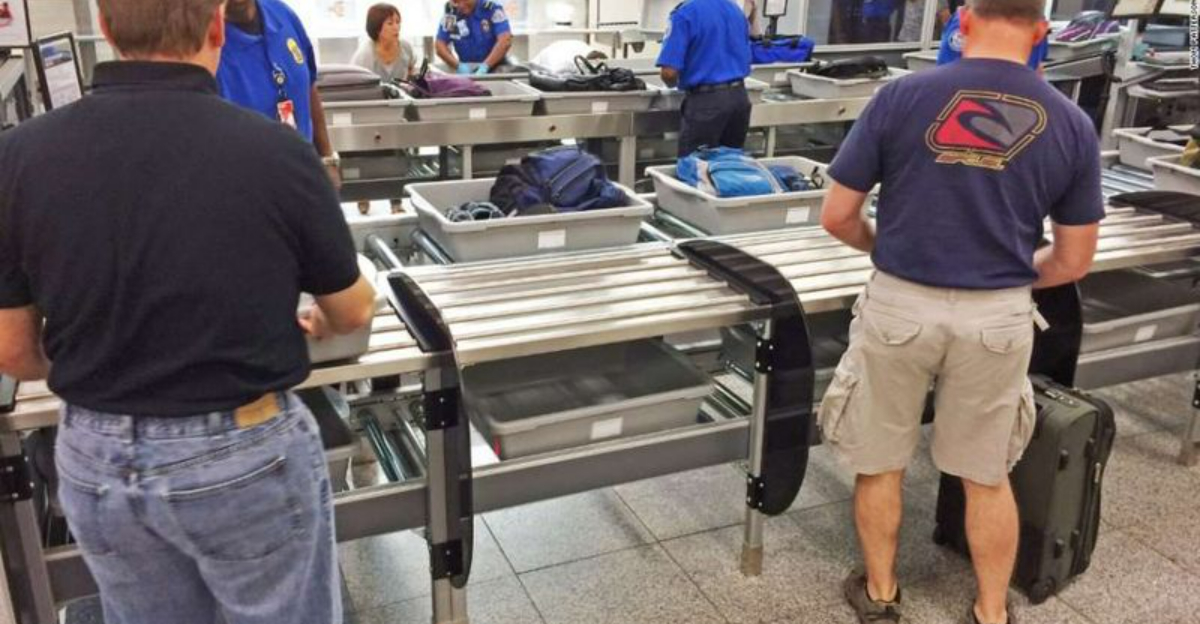
Last month, my vacation nearly got derailed before it even started. While rushing through airport security, I was pulled aside for a thorough bag check that added an extra 45 minutes to my journey. The culprit? Several electronics I had casually tossed into my carry-on without thinking twice.
After speaking with TSA agents and doing some research, I discovered which gadgets tend to trigger extra scrutiny and how to pack them properly.
1. Power Banks Over 100Wh
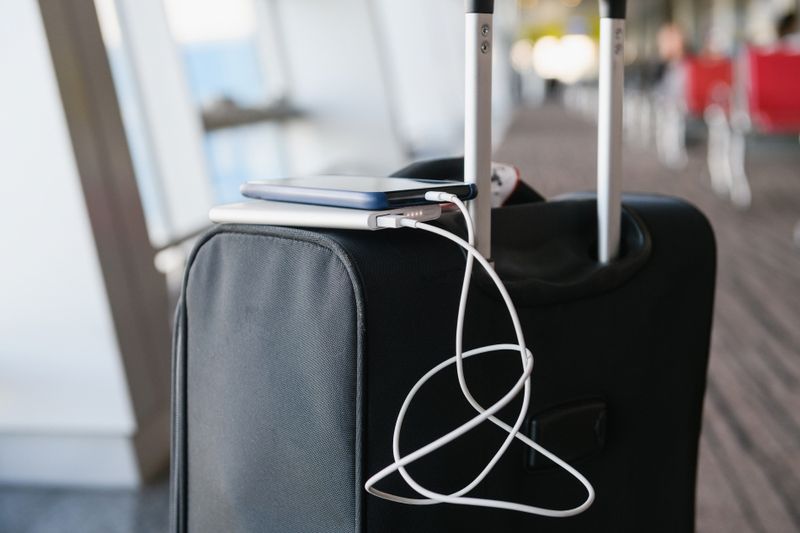
My massive 30,000mAh power bank caused immediate concern at the checkpoint. The TSA agent explained that lithium batteries exceeding 100Wh require special approval, and mine was well over that limit.
Airlines actually have strict rules about these high-capacity portable chargers because they pose fire risks in pressurized cabins. Some are completely prohibited in checked luggage.
Now I travel with a smaller 10,000mAh bank (about 37Wh) that keeps my phone charged without raising eyebrows. For longer trips, I’ve learned to pack two smaller banks rather than one giant one.
2. Drones With Detachable Batteries
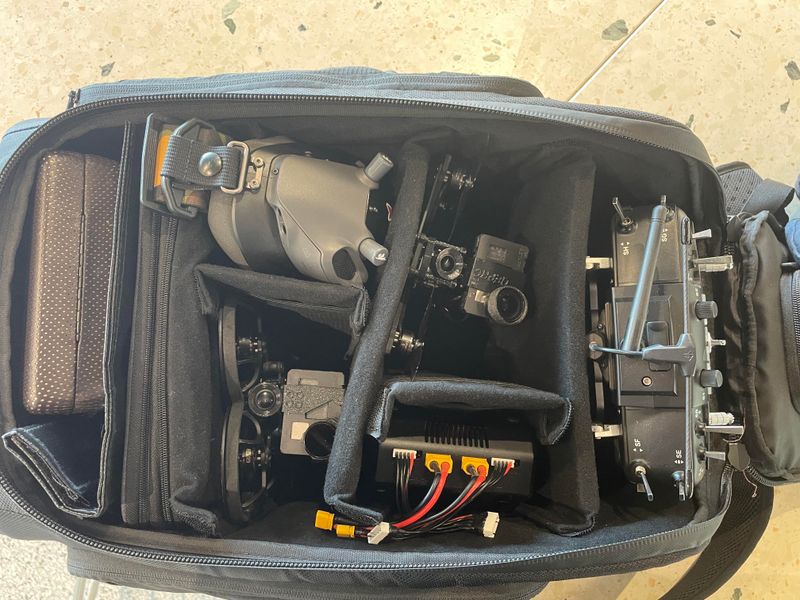
Flying with my DJI drone turned into an unexpected ordeal. The x-ray operator couldn’t identify the strange collection of parts and batteries in my backpack, triggering a full manual inspection.
Drones contain multiple lithium batteries and complex electronics that look suspicious on security scanners. What I should have done was remove the batteries, place them in clear plastic bags, and send them through separately.
For future trips, I now store my drone in a dedicated case with battery compartments and declare it before reaching the scanner. This simple step saves time and prevents unnecessary scrutiny.
3. Gaming Consoles With Cooling Fans

My Nintendo Switch didn’t cause problems, but my bulky gaming laptop with its massive cooling system certainly did! The dense collection of fans, heat pipes, and metal components appeared as a concerning jumble on the scanner.
High-performance gaming devices contain cooling systems that resemble components TSA officers are trained to flag. The metal heat sinks and copper pipes look suspiciously similar to certain prohibited items.
If you must travel with gaming equipment featuring extensive cooling systems, remove it from your bag before scanning. I now place my gaming laptop in a separate bin and sometimes even mention it to the agent beforehand.
4. External Hard Drives Stacked Together
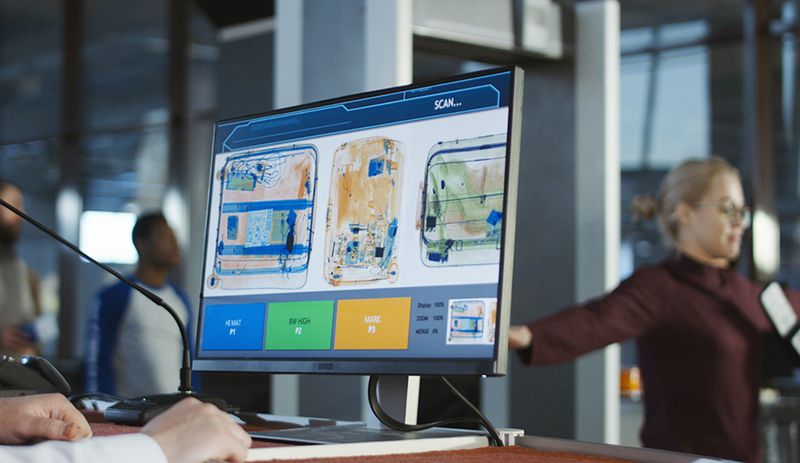
Carrying multiple external hard drives for work seemed perfectly innocent until the TSA agent pulled me aside. The dense cluster of drives in my bag created an opaque mass on their scanner that they couldn’t identify.
When stacked together, hard drives create a solid block that x-rays cannot penetrate effectively. This triggers manual inspection every time.
My solution was simple but effective – I now spread my drives throughout different compartments in my carry-on rather than keeping them bundled together. I also label each one clearly with my contact information and what they contain, which helps if questions arise during inspection.
5. DIY Electronics Projects
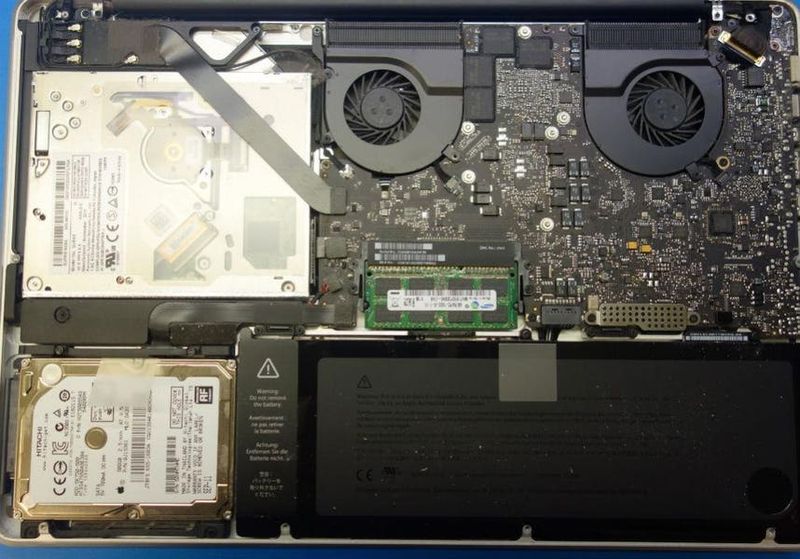
The Arduino kit I was bringing to my nephew looked harmless to me but sent up immediate red flags at security. Loose circuit boards, wires, and components resemble improvised devices that security personnel are specifically trained to detect.
My mistake was packing everything in its original jumbled state. The mess of electronics parts, breadboards, and loose wiring created an alarming image on the scanner.
For hobbyists traveling with electronics projects, organization is key. I now use clear plastic containers to separate components, remove batteries, and bring documentation explaining what everything is. A printed project guide or instruction manual can help justify why you’re carrying these items.
6. Smart Luggage With Built-in Batteries
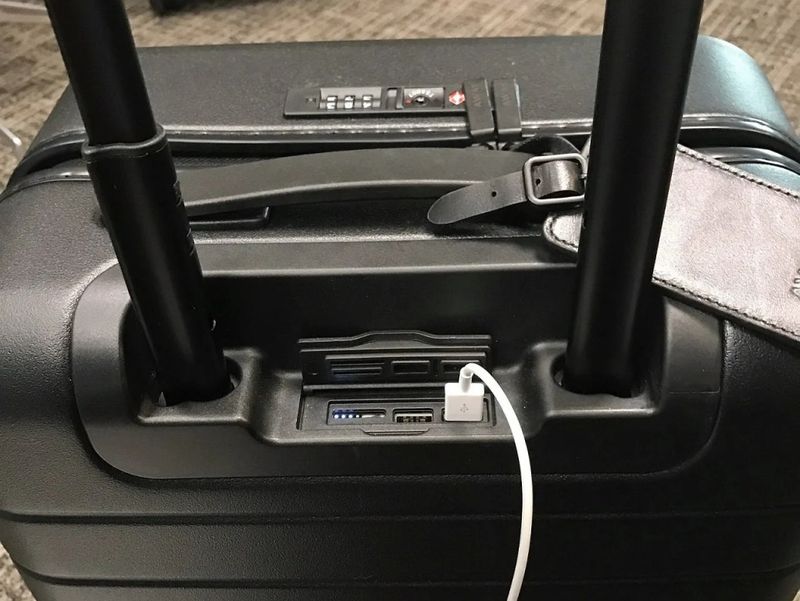
My high-tech suitcase with USB charging ports and a battery for weighing itself caused more trouble than it was worth. The TSA agent insisted I remove the battery completely before allowing the bag through.
Many travelers don’t realize that smart luggage with non-removable batteries is actually banned on most airlines. Even with removable batteries, you must take them out before checking the bag.
After that experience, I switched to a regular suitcase and separate travel accessories. If you love your smart luggage, ensure the battery is easily removable and keep the manufacturer’s documentation handy to show it complies with airline regulations.
7. Vintage Electronics With Unusual Shapes
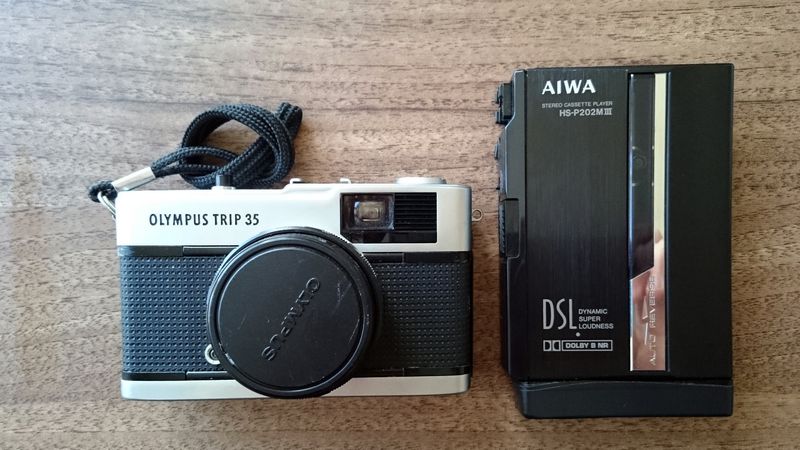
The vintage Walkman I brought for nostalgic road trip vibes completely confused the younger TSA agent scanning my bag. Its unusual shape and internal components didn’t match modern electronics patterns they’re trained to recognize.
Older electronics often have different internal layouts and metal components that can trigger alerts. The agent had to call over a supervisor who eventually recognized what it was.
If you’re traveling with retro gadgets, consider removing them from your bag for separate screening. I now place vintage electronics in clear ziplock bags with a brief note explaining what they are, which has prevented confusion on subsequent trips.
8. Professional Camera Equipment With Multiple Batteries
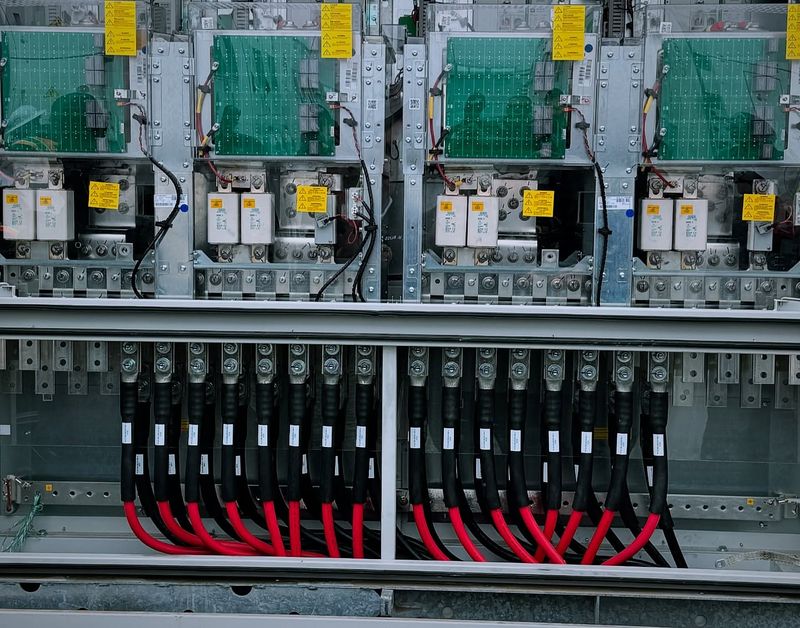
My DSLR camera wasn’t the problem – it was the bag of spare lithium-ion batteries that caused the holdup. The densely packed collection of batteries appeared as a concerning mass on the security scanner.
Each lithium battery presents a potential fire hazard, so having many together raises red flags. The TSA agent needed to verify that each battery was properly rated and stored.
Professional photographers should use dedicated battery cases with individual slots and keep batteries in carry-on luggage only. I now use a fireproof battery organizer and keep the original packaging to show proper ratings. This organized approach has made security checks much smoother on recent trips.
9. Wireless Earbuds in Charging Cases
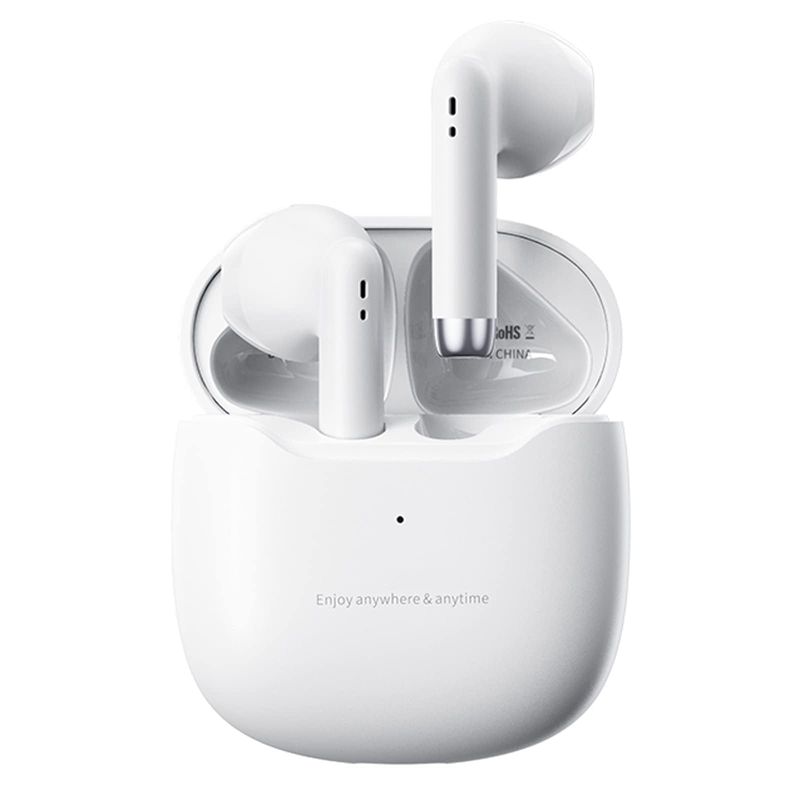
My wireless earbuds shouldn’t have been a problem, but I had three different pairs scattered throughout my bag. Each small charging case appeared as a dense, suspicious object on the scanner.
Small electronic items with batteries can look similar to prohibited items when viewed through x-ray machines. The unusual shapes of earbud charging cases particularly confuse scanners.
Gathering all small electronics in one clear pouch has solved this problem for me. I place earbuds, fitness trackers, and similar small gadgets in a transparent bag that I can easily remove during screening. This simple organization trick has prevented unnecessary bag searches on every trip since.
10. Electronic Vape Devices
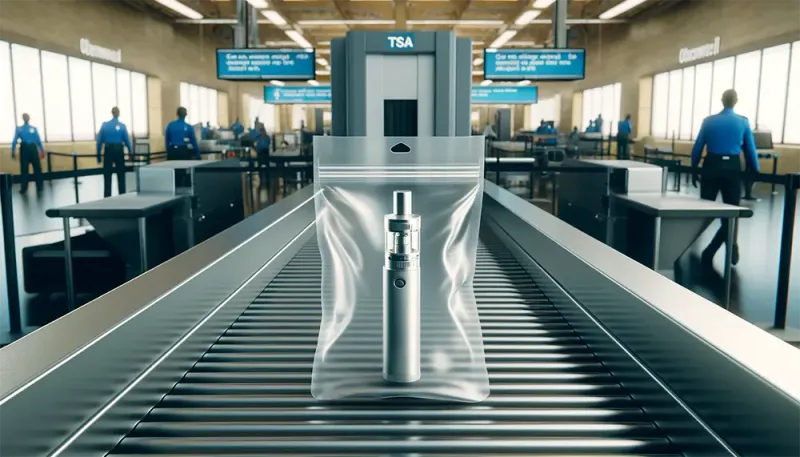
My vape pen caused significant delay because I’d forgotten it was in a side pocket of my backpack. The battery and heating elements created a concerning image on the scanner that required manual verification.
Electronic smoking devices must be carried in carry-on luggage only, never in checked bags. The lithium batteries and heating elements pose fire risks in cargo holds.
TSA requires removing vape devices during screening, similar to laptops and tablets. I now keep my vape in the same clear bag as my liquids for easy removal. Always remember to empty the liquid chamber before flying to comply with the 3-1-1 liquids rule.
11. Multiple Laptops Stacked Together
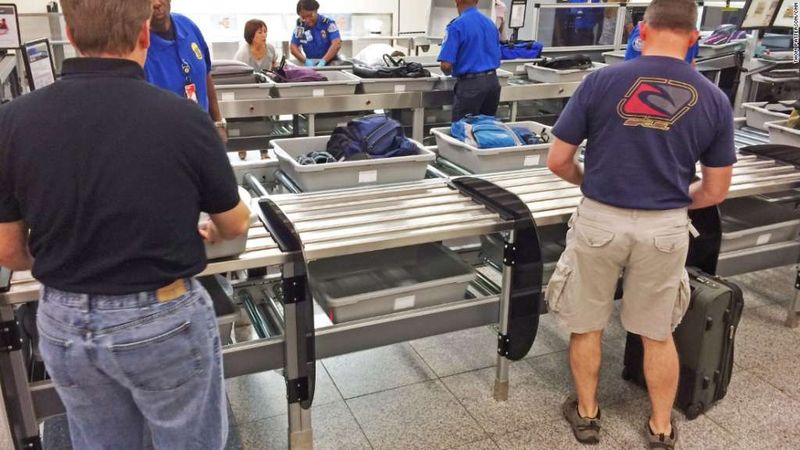
Traveling for a work conference, I packed both my personal and work laptops stacked together in my backpack. This seemingly innocent arrangement triggered immediate concern from security personnel.
When laptops overlap, their dense components create confusing images on security scanners. TSA requires each laptop to be visible and separate for proper screening.
The solution is simple but often overlooked – place each laptop in its own bin, fully visible and with nothing on top of it. For travelers with multiple computers, I recommend dedicated laptop compartments in your carry-on or a specialized multi-device travel sleeve that unfolds completely flat for scanning.
12. Bluetooth Speakers With Unusual Shapes
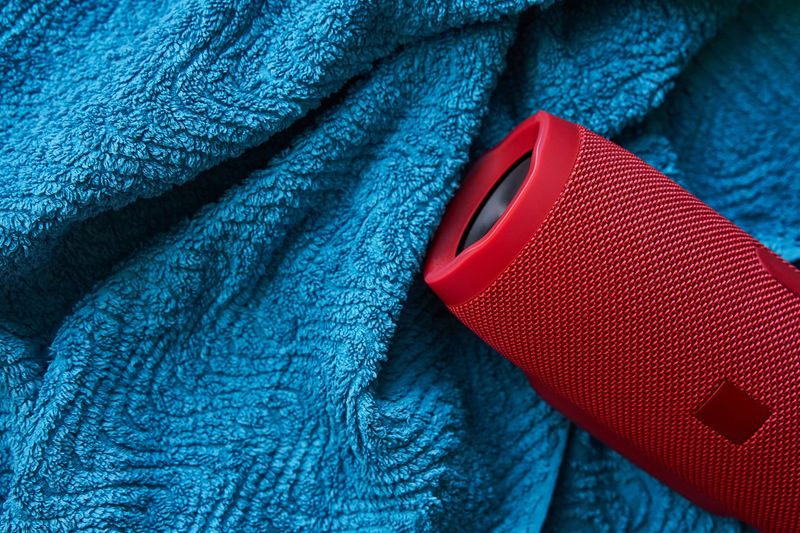
My cylindrical waterproof Bluetooth speaker caused surprising concern at the checkpoint. Its dense battery and unusual tubular shape with metal components created an alarming image on the scanner.
Cylindrical speakers in particular can resemble prohibited items due to their internal battery placement and metal speaker components. The waterproof casing adds another layer of density that scanners struggle to penetrate.
Before traveling with uniquely shaped speakers, I now remove them from my bag for separate screening. Placing them with other electronics rather than buried among clothes has prevented false alarms. For unusually shaped devices, I sometimes even point them out to agents before screening begins.
